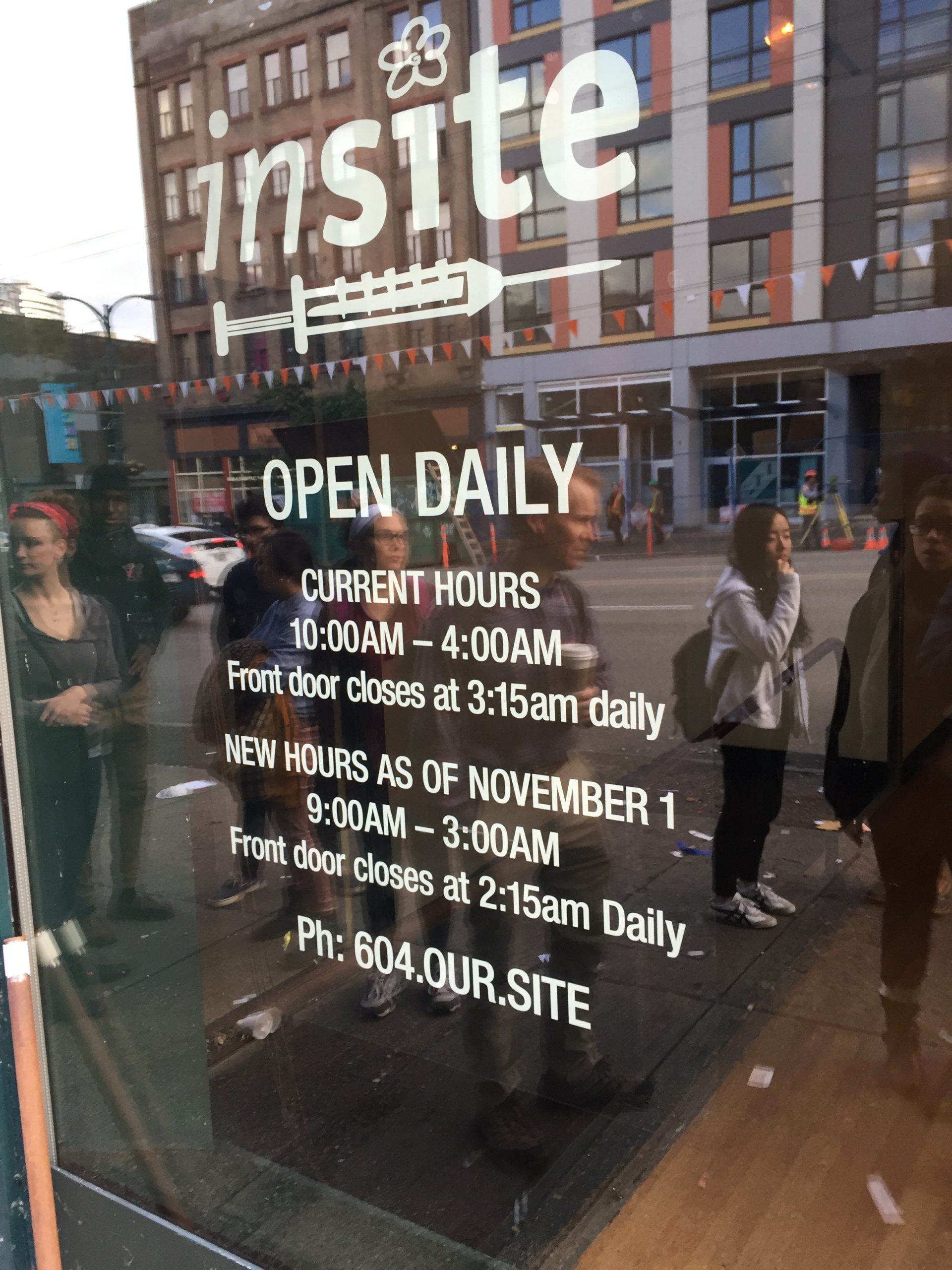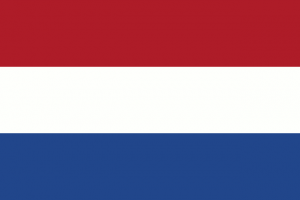10.3 Emergence of Harm Reduction
Early HR initiatives began to emerge in the mid-1980s in a number of countries around the world, including The Netherlands, Western European nations, The UK, Australia and Canada. Following the lead of the first Dutch HR programs, these efforts were aimed at responding to and curtailing the rising rates of Hepatitis B and then HIV, among people who inject drugs (PWID), which were viewed as greater social threats than substance use. Program features included the social marketing of safer substance use, outreach and peer advocacy, improving access to treatment and services, and the extension of voluntary counselling and testing. Below are a few key early HR program examples.
The Netherlands
In the late 1970s, in response to the country’s heroin crisis, harm reduction initiatives began in The Netherlands. The programs were developed to provide a range of services including methadone, needle/syringe exchange and social-medical care (van den Berg et al., 2007). The Dutch needle/syringe programs were the first in the world (van Saten et al., 2021). These early HR efforts impacted the transmission of Hepatitis B and C and HIV among people who inject drugs (PWID), and limited the nations transmission rates (van den Berg et al., 2007; van Saten et al., 2021).
The United Kingdom
In the mid-1980s the Mersey Harm Reduction program was implemented in Liverpool and the surrounding areas of Merseyside and Cheshire in the UK. There were three features of the program: needle/syringe exchange; methadone prescribing (for a small number of program participants heroin was prescribed); and community outreach designed to increase the number of PWID accessing the program’s services. Service uptake was rapid and included many people with no previous contact with services. Similar to the early Dutch HR programs, the Mersey program had a significant impact on the spread of HIV among PWIDs in the Mersey region (Ashton & Seymour, 2010; O’Hare, 2007).
Canada
 Early Canadian HR efforts began in the late 1980s with informal grassroots and peer-driven syringe distribution initiatives. As a result of a joint agreement between Health Canada and five provinces, in 1989 eight formal syringe distribution programs were implemented. In 2003, Insite, the first North American supervised injection facility (SIF), opened its doors in Vancouver. To date, although there have been many drug poisoning (overdose) events, no one has ever died at the facility (Hyshka et al., 2017).
Early Canadian HR efforts began in the late 1980s with informal grassroots and peer-driven syringe distribution initiatives. As a result of a joint agreement between Health Canada and five provinces, in 1989 eight formal syringe distribution programs were implemented. In 2003, Insite, the first North American supervised injection facility (SIF), opened its doors in Vancouver. To date, although there have been many drug poisoning (overdose) events, no one has ever died at the facility (Hyshka et al., 2017).




